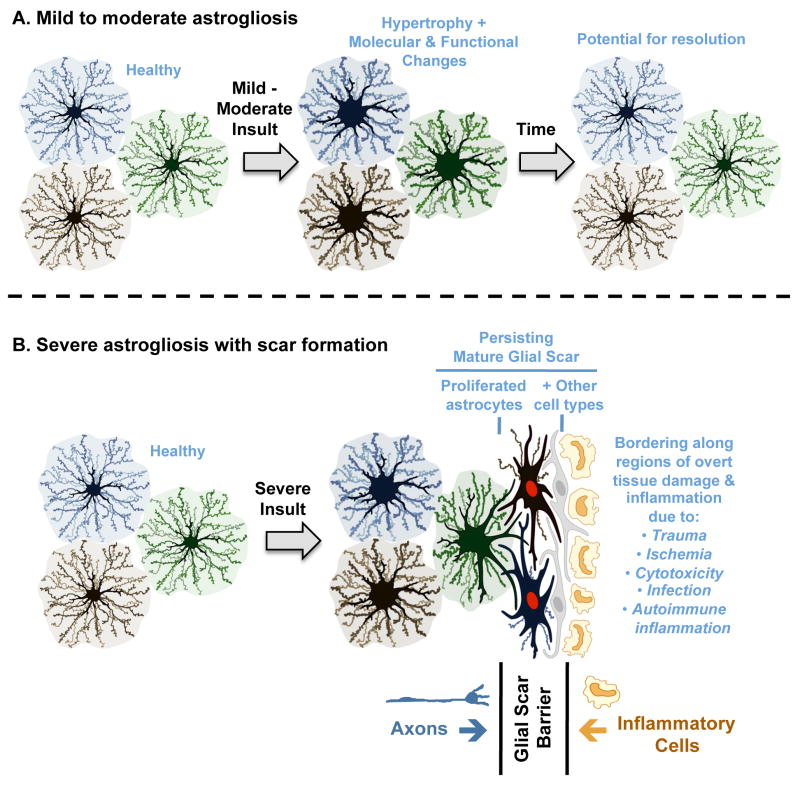Figure 2. Schematic representations of different gradations of reactive astrogliosis that vary with insult severity.
(A) Mild to moderate reactive astrogliosis comprises variable changes in molecular expression and functional activity together with variable degrees of cellular hypertrophy. Such changes occur after mild trauma or at sites distant from a more severe injury, or after moderate metabolic or molecular insults or milder infections or inflammatory activation. These changes vary with insult severity, involve little anatomical overlap of the processes of neighboring astrocytes and exhibit the potential for structural resolution if the triggering insult is removed or resolves. (B) Severe reactive astrogliosis with persisting scar formation generally occurs along borders to areas of overt cell and tissue damage and inflammation. Glial scar formation includes newly proliferated astrocytes (with red nuclei in figure) and other cell types (with grey nuclei in figure) such as fibromeningeal cells and other glia. In the mature glial scar, astrocytes no longer occupy discrete domains and instead have overlapping processes. Mature glial scars tend to persist for long periods and act as barriers not only to axon regeneration but also to inflammatory cells in a manner that protects healthy tissue from nearby areas of intense inflammation.

